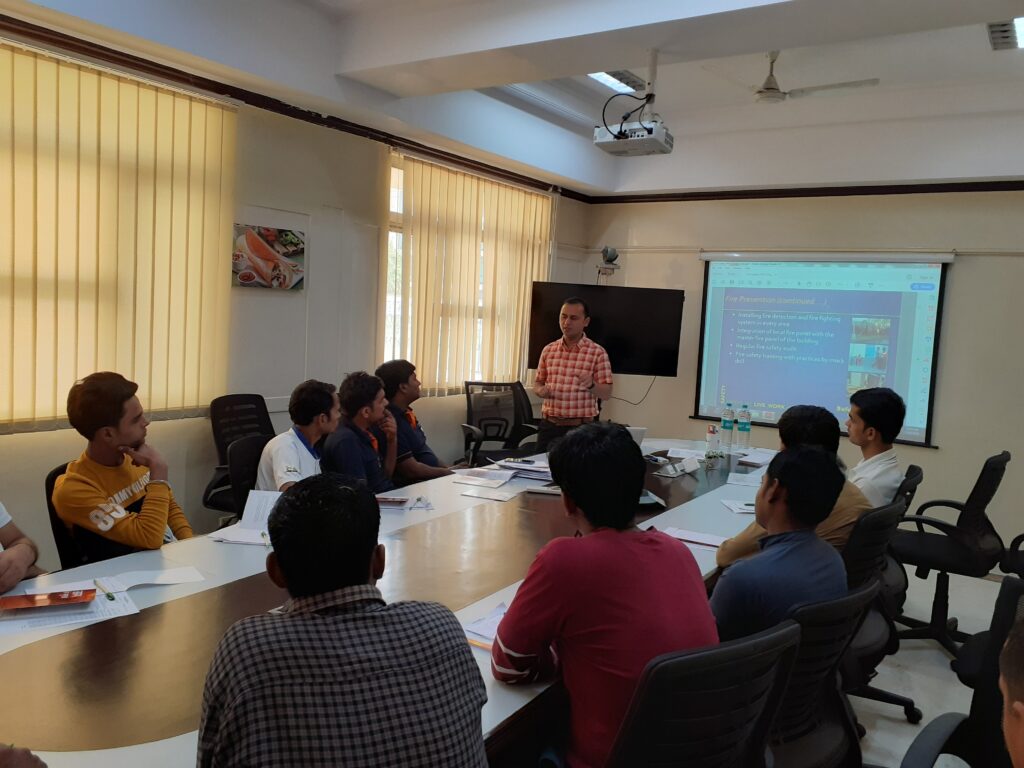Safety Committee Training
Safety committees serve as a bridge between management and workers, working towards the common goal of maintaining a safe workplace.
Safety Committee Training
Safety Committee Training
Safety committees are a crucial component of effective workplace safety programs. They bring together representatives from different areas of an organization to collaboratively address safety issues, implement preventive measures, and promote a culture of safety. Safety committee training plays a vital role in equipping committee members with the necessary knowledge, skills, and tools to fulfill their responsibilities effectively and contribute to a safer work environment.
The Role of Safety Committee
Safety committees serve as a bridge between management and workers, working towards the common goal of maintaining a safe workplace. Their responsibilities may include:
1. Risk Assessment
Safety committees identify and assess workplace hazards through regular inspections and analysis of incident data. They evaluate the level of risk associated with different tasks and areas and recommend appropriate control measures.
2. Policy & Procedures Development
Safety committees contribute to the development and review of safety policies, procedures, and programs. They provide input on safety-related matters, ensuring that policies align with best practices and comply with regulatory requirements.
3. Training and Education
Safety committees help identify training needs and assist in the development and implementation of safety training programs. They promote safety education, conduct safety awareness campaigns, and ensure that employees receive the necessary training to perform their jobs safely.
Safety committees participate in incident investigations to identify the root causes of accidents and incidents. They analyze findings and recommend corrective actions to prevent similar incidents in the future.
5. Safety Communication
Safety committees facilitate effective communication between management and workers regarding safety-related issues. They disseminate safety information, address safety concerns, and encourage employees to report hazards, incidents, and near-misses.
The Importance of safety Committee Training
Providing comprehensive safety committee training is crucial for several reasons:
1.Knowledge & Skills Development.
Safety committee training enhances the knowledge and skills of committee members in areas such as hazard identification, risk assessment, incident investigation, and safety program development. Training ensures that members understand their roles and responsibilities, enabling them to effectively contribute to the safety committee’s objectives.
2. Understanding of Regulations & Standards
Safety committee training familiarizes members with relevant safety regulations, standards, and best practices. It ensures that the committee operates in compliance with legal requirements and industry guidelines. Understanding regulations helps the committee provide guidance and recommendations that align with safety standards.
3.Effective Committee Leadership
Training equips safety committee members with leadership skills specific to safety management. It focuses on effective communication, problem-solving, decision-making, and collaboration. With these skills, committee members can lead meetings, facilitate discussions, and guide the committee towards achieving safety objectives.
4.Hazard Recognition & Risk Management
Safety committee training emphasizes hazard recognition and risk management. Members learn how to conduct thorough workplace inspections, identify potential hazards, and assess associated risks. They gain knowledge in implementing control measures and fostering a proactive approach to prevent accidents and promote a safer work environment.
5.Incident Investigation & Analysis
Training provides safety committee members with incident investigation techniques and methodologies. They learn how to conduct investigations, gather relevant information, analyze root causes, and develop recommendations for corrective actions. Effective incident investigation helps prevent future incidents and improves overall safety performance.
6.Collaboration & Engagement
Safety committee training focuses on fostering collaboration and engagement among committee members. It emphasizes effective communication, active participation, and teamwork. By enhancing collaboration, committee members can share diverse perspectives, contribute innovative ideas, and collectively work towards improving safety practices.
7.Safety Program Evaluation & Improvement
Training enables safety committee members to evaluate the effectiveness of existing safety programs and initiatives. They learn how to measure safety performance, track key metrics, and identify areas for improvement.
Conclusion
An effective Safety Committee plays a vital role in accident reduction & developing safety culture.
EHS CIRCLE INDIA is the best agency or consultancy in India who provides Safety Committee training through competent trainers in Pan India.
Contact us for further enquiry

